Mr. NTD (39 years old, from Phu Yen) came back to the Central Institute of Hematology and Blood Transfusion for chemotherapy treatment for acute leukemia. However, at the hospital, Mr. D coughed and had a fever. By chance, an abdominal ultrasound revealed a mass in the liver. He was diagnosed with a liver abscess and transferred to the Central Hospital for Tropical Diseases for examination and treatment. Before going to Hanoi, the patient had a cough with phlegm, chest pain on both sides when coughing, and had a fever during the day and had to be hospitalized for a week.

Dr. Dien is examining a male patient with large liver flukes (photo: BVCC).
Talking to the doctor, Mr. D. said that he likes to eat raw vegetables, especially water spinach grown in ponds and lakes and raw Vietnamese coriander. He is addicted to grilled lake fish wrapped in water spinach and roasted duck or steamed duck with raw Vietnamese coriander. Even when he was being treated at the hospital in Phu Yen, he still often ate this dish.
Dr. Vu Minh Dien, Deputy Head of the Department of Internal Medicine, Central Hospital for Tropical Diseases, said: Through clinical examination and patient history, we thought of the disease as fascioliasis when initial tests showed high eosinophils and liver MRI images were more likely to be fascioliasis.
People with liver fluke disease often have symptoms of dull, nonspecific right hypochondriac pain.
Patients often feel tired, full and have indigestion. Many cases have no obvious clinical manifestations. Acute liver fluke infection can cause abdominal pain, enlarged liver, nausea, fever, hives, weight loss, etc.
If a person is infected with chronic liver flukes and is not treated for a long time, it can lead to complications: cholangitis; gallstones; cholecystitis; pancreatitis; biliary cirrhosis and liver fibrosis.
To determine whether a person has liver fluke or not, it is necessary to rely on testing techniques to find fluke eggs in the stool or blood tests to find antibodies in the patient's serum.
To help people understand more about the disease of large liver flukes, Dr. Vu Minh Dien explained: In humans, the flukes parasitize in the liver and gallbladder, in abnormal cases the flukes can parasitize in the muscles, under the skin... (ectopic parasitism). Adult flukes lay eggs through the bile duct into the intestines and out with the feces. The eggs go into the water, hatch into ciliated larvae and parasitize in snails, develop into tailed larvae, tailed larvae leave the snails and attach to aquatic vegetables to form cysts or swim freely in the water.
Humans or cattle who eat aquatic plants or drink water containing larvae will be infected with large liver flukes. When people eat raw aquatic vegetables or drink water contaminated with worm larvae, the worm larvae enter the stomach, go down to the duodenum, separate themselves from the shell and penetrate the wall of the duodenum into the peritoneal cavity to the liver, perforate the liver capsule and invade the liver parenchyma, causing liver damage. This is also the stage that stimulates the body to have the strongest immune response.
Liver flukes mainly parasitize liver tissue, but during the invasion stage, the flukes can migrate and cause damage to other organs such as the intestinal wall and stomach wall. After 2-3 months of invasion into the liver parenchyma, the flukes invade the bile ducts to mature and lay eggs. Here, adult flukes can parasitize and cause disease for many years (up to 10 years) if not detected and treated. In the bile duct, the flukes cause damage to the biliary epithelium, bile obstruction, inflammation and secondary biliary fibrosis; acute pancreatitis...
To prevent giant liver fluke disease, Dr. Vu Minh Dien said: This is a disease related to people's eating habits and customs, so disease prevention is an extremely important and necessary issue. People should not eat raw vegetables that grow in water such as: water spinach, Vietnamese coriander, celery, watercress, water spinach... Do not drink raw water. When suspecting infection with giant liver fluke, you must go to a medical facility (specialized) for timely diagnosis and treatment. People who have the habit of eating vegetables that grow in water (swamps, ponds, lakes...), raw or not properly processed, should also go for examination and screening for the disease.
Source: https://www.baogiaothong.vn/nghien-an-rau-song-nguoi-dan-ong-nhap-vien-voi-o-san-la-gan-lon-192240528110435348.htm



![[Photo] President Luong Cuong meets with Lao Prime Minister Sonexay Siphandone](https://vstatic.vietnam.vn/vietnam/resource/IMAGE/2025/4/25/3d70fe28a71c4031b03cd141cb1ed3b1)
![[Photo] Attractive extracurricular lessons through interactive exhibition at Nhan Dan Newspaper](https://vstatic.vietnam.vn/vietnam/resource/IMAGE/2025/4/26/1f307025e1c64a6d8c75cdf07d0758ce)





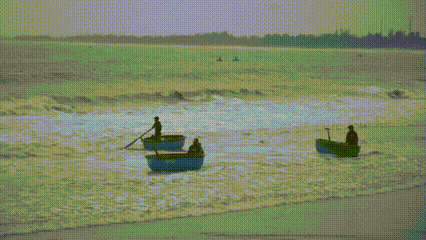




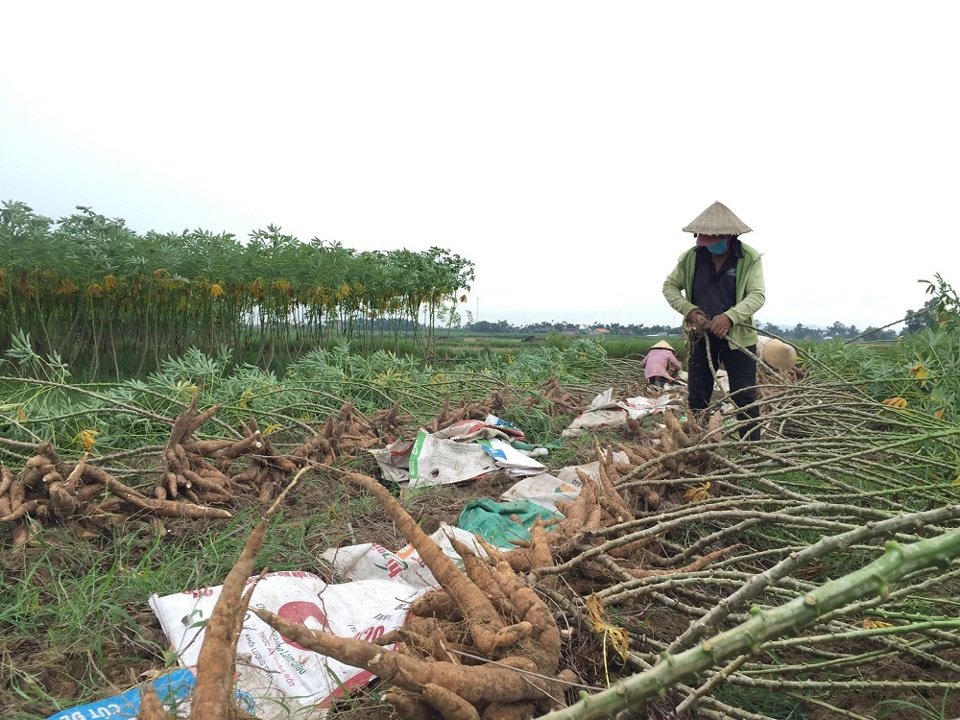






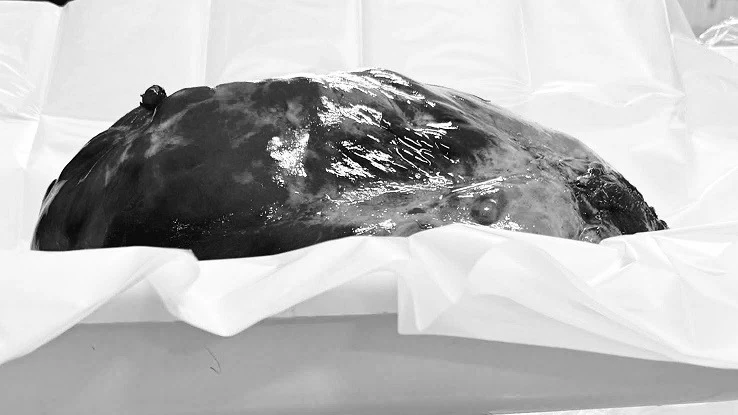








![[Photo] Ho Chi Minh City welcomes a sudden increase in tourists](https://vstatic.vietnam.vn/vietnam/resource/IMAGE/2025/4/25/dd8c289579e64fccb12c1a50b1f59971)
![[Photo] Liberation of Truong Sa archipelago - A strategic feat in liberating the South and unifying the country](https://vstatic.vietnam.vn/vietnam/resource/IMAGE/2025/4/25/d5d3f0607a6a4156807161f0f7f92362)










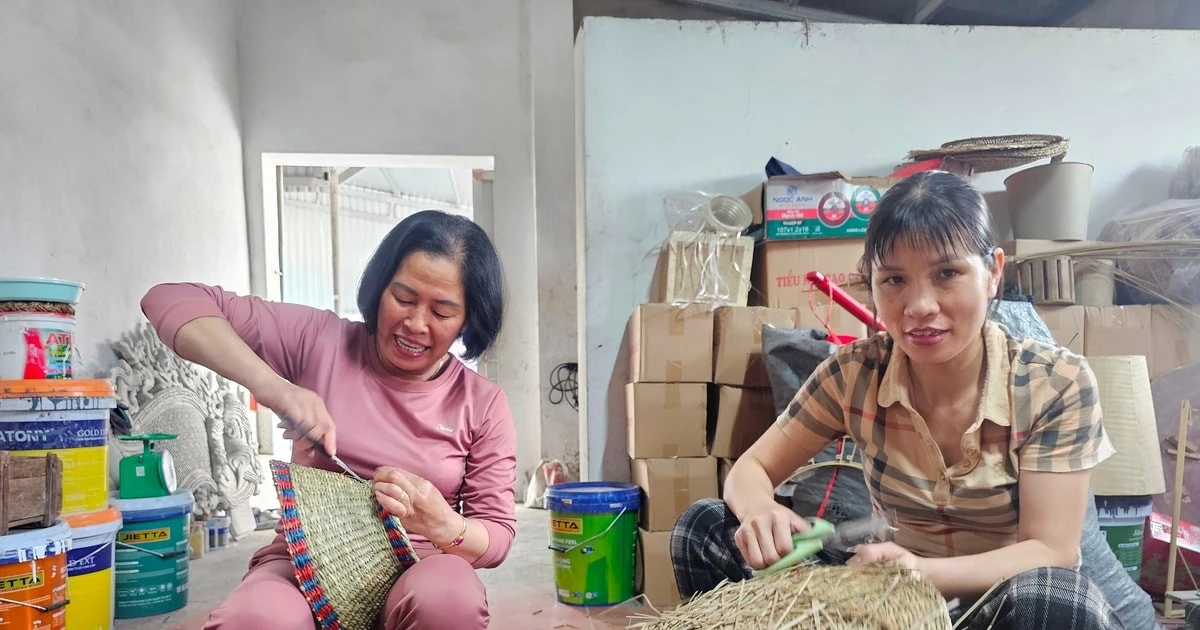

























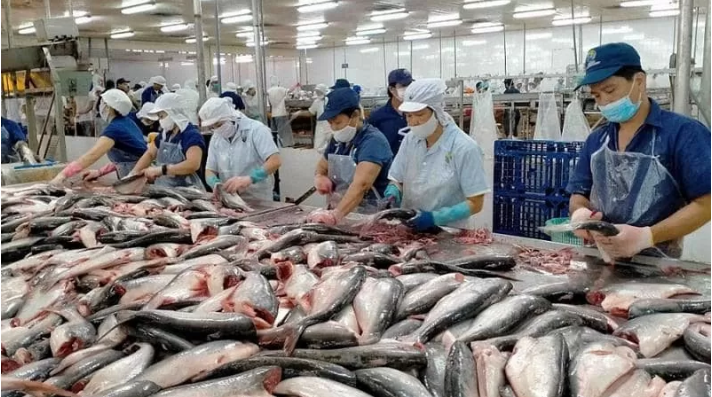


















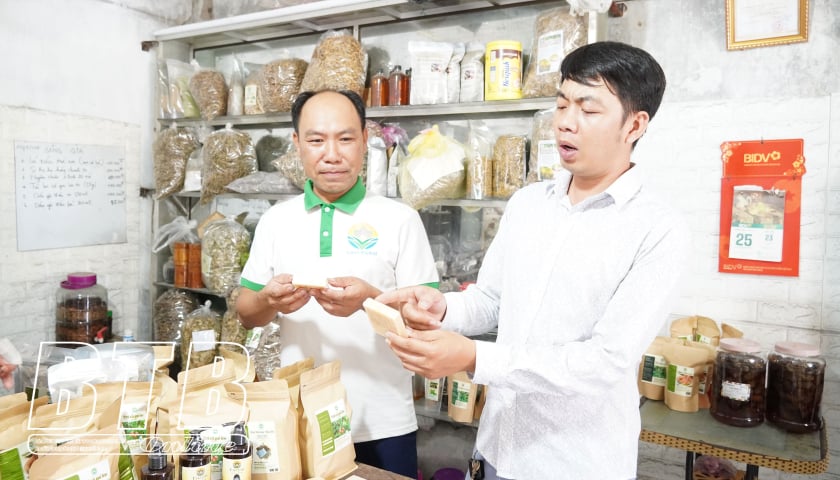







Comment (0)